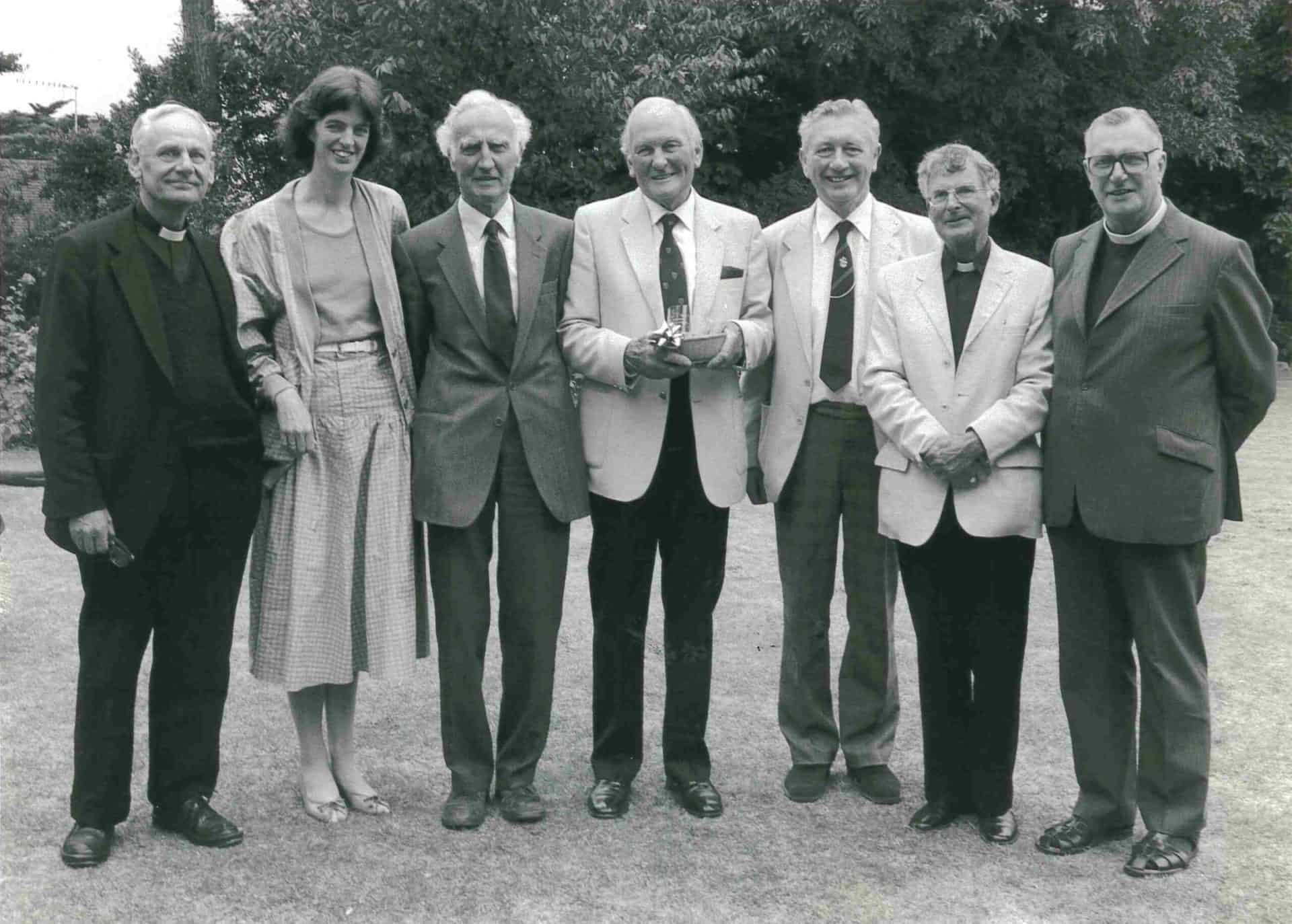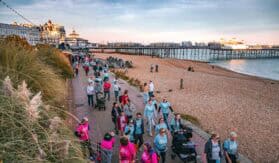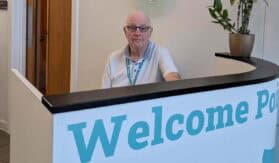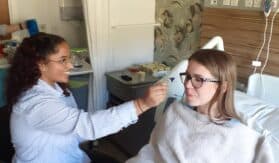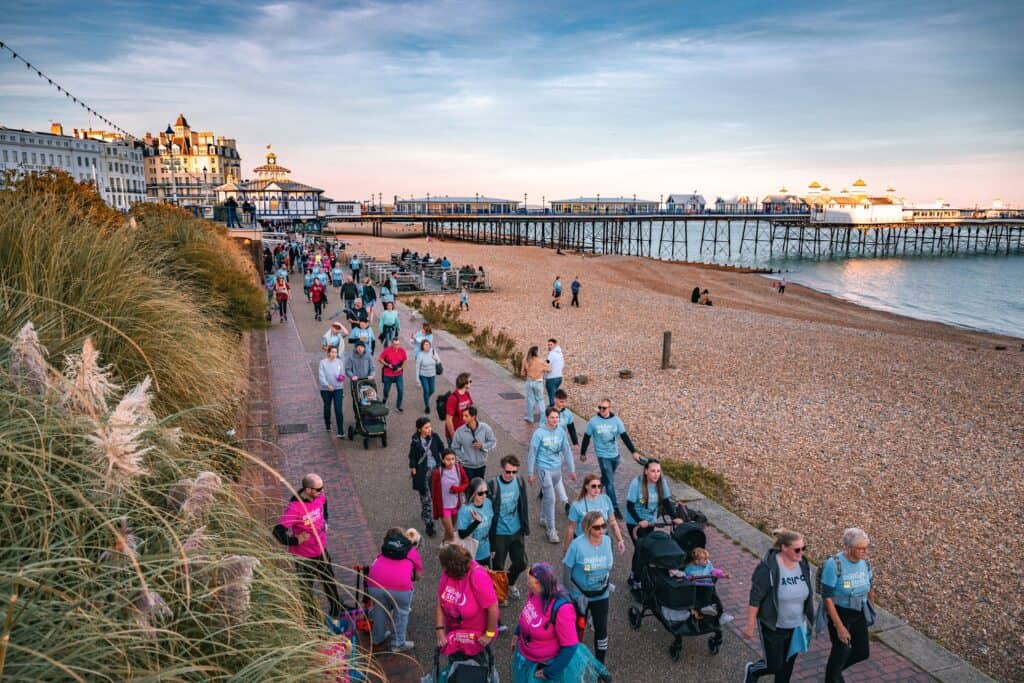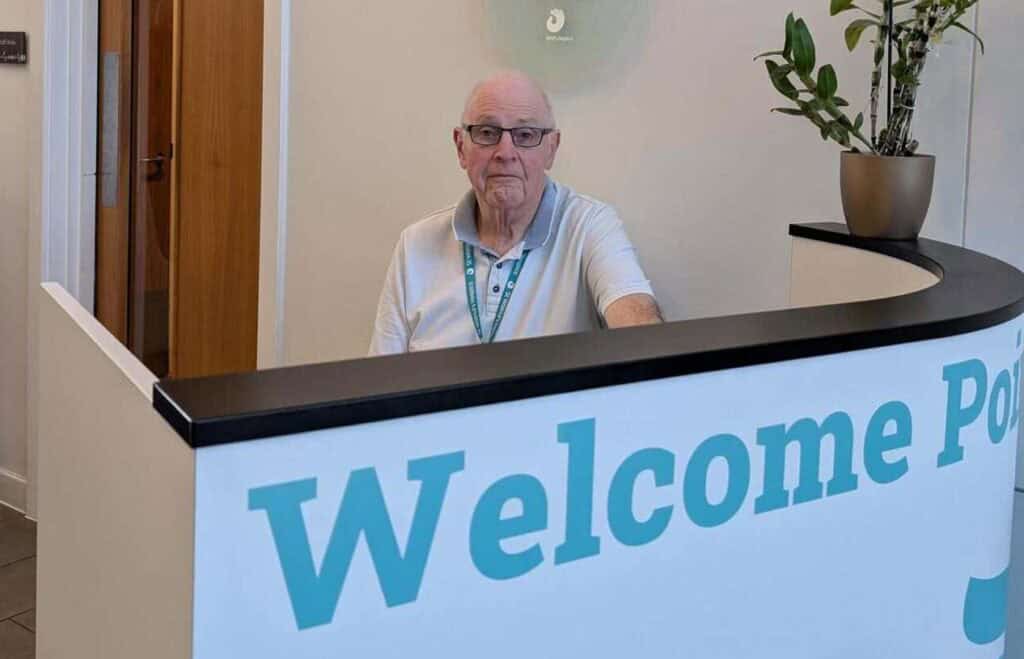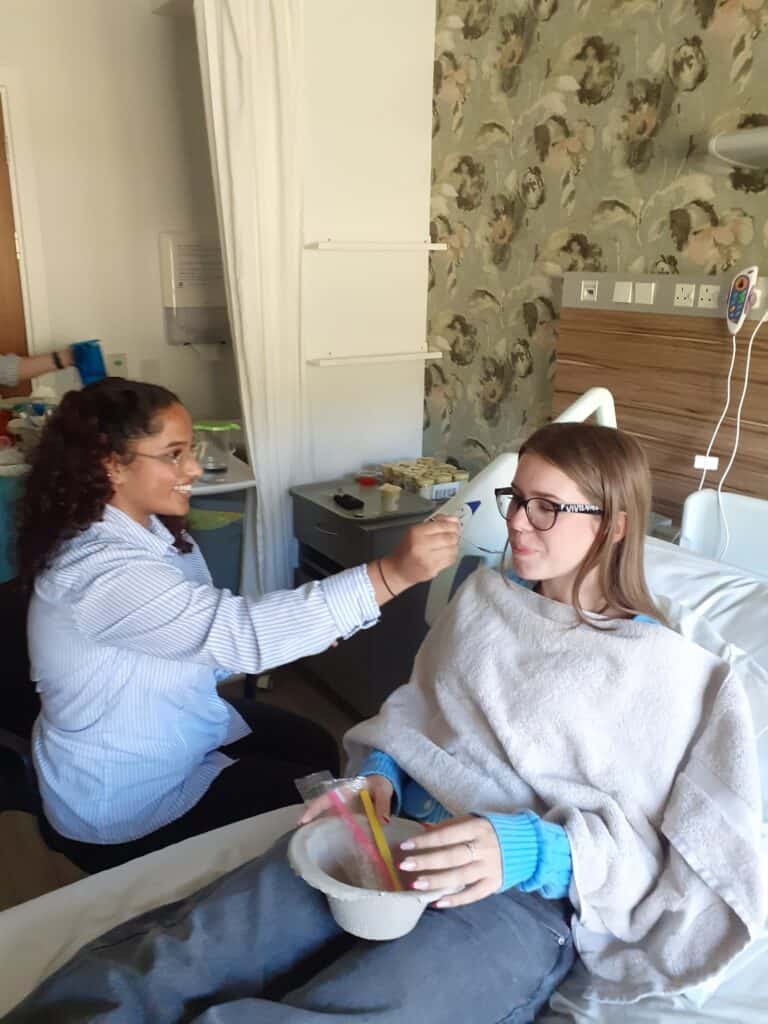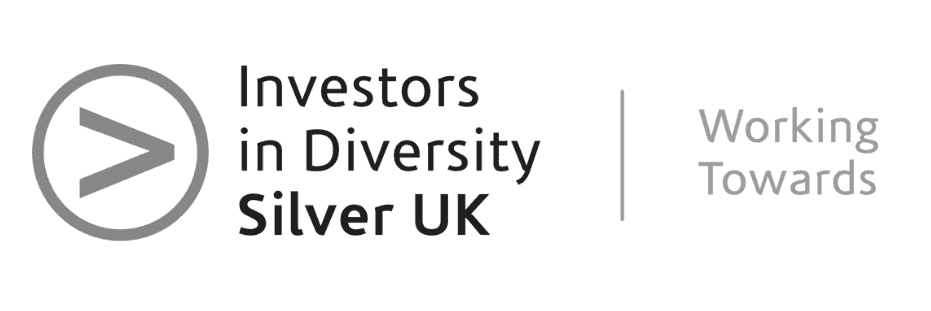The beginning of St Wilfrid’s Hospice
In celebration of the hospice’s 40th anniversary, co-founder Dr Joan Hester, has shared her story and how the idea came about.
‘On a cold, wet day in January 1976 I attended an interview at the headquarters of the East Sussex Health Authority for a post as Consultant Anaesthetist to Eastbourne Hospitals. There was one other candidate and the interviewing committee was entirely male. Against the odds, the committee decided to take a risk and I got the job!
‘I started my appointment in September 1976 and in 1978 I was asked if I could start a Pain Clinic. These were springing up all over the country at that time with the belief that pain could be cured. That belief came from the very successful management of cancer pain and the hospice movement, championed in the UK by Dame Cicely Saunders. Undaunted and eternally optimistic it was not long before I agreed to start a Pain Clinic at the Eastbourne District General Hospital.
‘I made visits to the movers and shakers in the world of cancer pain at that time: Dr Cicely Saunders at St Christopher’s Hospice in Sydenham, where I spent two weeks in the company of Dr Mary Baines, a wonderful physician from whom I learned a great deal. I remember her telling me that if Dr Cicely was on duty no patient suffered any pain. I longed to be able to achieve the same.
‘I spent time in the unit of Dr Balfour Mount in Montreal, Canada, who had set up a team in a large hospital for patients with advanced cancer, and with Dr Robert Twycross in Oxford, who wrote the first published medical articles on the use of regular oral morphine or diamorphine for cancer pain. I also visited a unit in Worthing started by an anaesthetist called Dr Gusterson and a palliative care unit attached to a hospital in Southampton.
‘At the same time the first Macmillan nurses were being appointed in many places throughout the UK. There was no extra funding available in Eastbourne though, so one Friday afternoon our Pain Nurse Sheila Stevens and I attended an appointment in London at the office of Major Henry Garnett, the Chief Executive of the Macmillan Society for the Prevention and Relief of Cancer. We initially received a frosty reception and the chance of funding seemed remote. However, the Major warmed to our request and we received the funding for the first Macmillan nurse to be appointed in Eastbourne. That was a real breakthrough!
‘But one can be a victim of one’s success. The number of patients increased, many patients needed more intensive management than could be provided at home and it was obvious that some inpatient beds were needed.
‘At that time my vision was for a small inpatient unit, which would be built in the grounds of Eastbourne DGH and in 1979 I presented the proposal to the Hospital Consultants Committee. I said my piece and there was an audible silence. Although there are very good examples of it working very well, it was a concept that was difficult to refute and the committee were not keen.
‘Support came from unexpected sources, notably from Father Christopher Spender, a catholic priest who noticed the suffering and relative lack of medical input of his dying parishioners. He was moved by their stories and determined to do something about it. After the proposal for an inpatient unit came to his notice, he spoke to various medical contacts and the steering committee was formed. It was chaired by Dr Basil Kent, a charming and personable man who had recently retired from the hospital.
‘The committee preferred the concept of an independent hospice rather than a unit attached to the DGH. In hindsight this was an admirable decision as the hospice has prospered as an independent organisation.
‘Unexpectedly, one day in 1980, I was told that an anonymous donor wanted to donate a house, 2 Mill Gap Road, to be the first hospice in Eastbourne. The building was not entirely suitable, but it had enough space and a lovely garden. The rest is history…
‘I worked as a voluntary Medical Advisor to the hospice for five years. I remember the first patient very clearly as he was the husband of a nurse I had worked with. His bed overlooked the gardens and his wife relaxed for the first time in ages. There are many memories of patients who came to the hospice and images of faces of bravery, hope and despair that I will not forget.
‘Inevitably, the caseload grew; extra staff were needed, doctors, nurses, pharmacy, physiotherapy, home care, volunteers, so many people who make up the rich pattern of St Wilfrid’s today. Miraculously funding has been found for all the developments that have taken place over the last 40 years. The hospice has become embedded in the hearts of the people of Eastbourne, with pride and huge support. My dreams of 1979 have been realised.’

